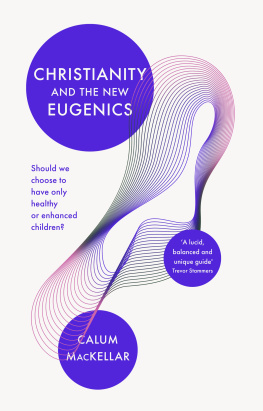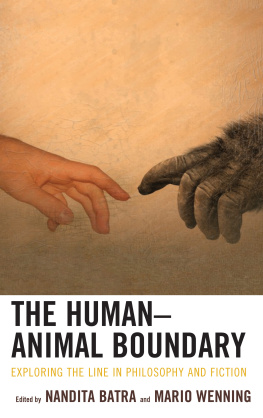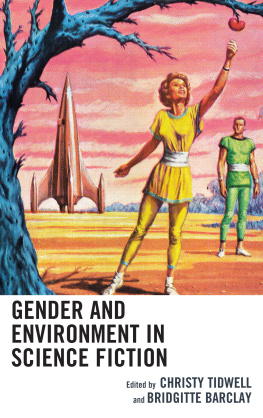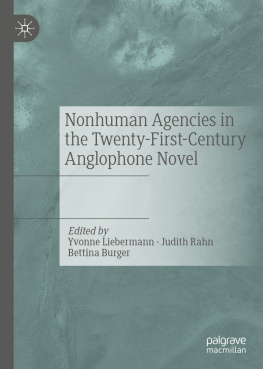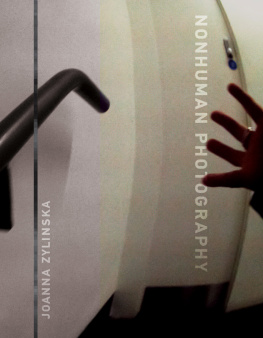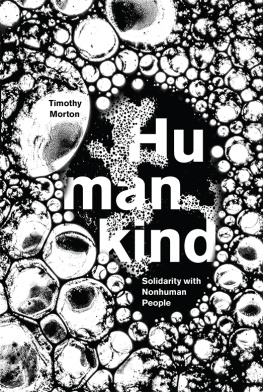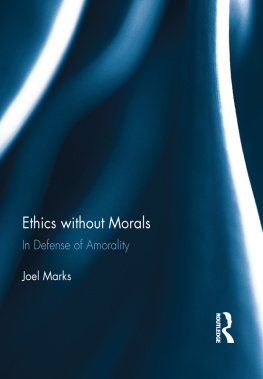F rom a scientific perspective, attempting to create human-nonhuman embryonic combinations does not stretch back very far and only a few experiments or procedures have, until now, taken place in this field.
Early discussions
Scientific discussions relating to the creation of human-nonhuman inter-species entities began in 1908 with the publication of , a short book by Marie Bernelot Moens, a college teacher and amateur zoologist from Maastricht, Holland. In this, he proposed to inseminate a chimpanzee female with human sperm in order to provide experimental conclusions in relation to evolutionary theory. In this regard, it was reported that Moens had actually discussed his project with the German professor of biology Ernst Haeckel, one of the most distinguished European experts on evolution at the time.
Quoting recent results from comparative blood studies, Haeckel apparently expressed the view that Moens experiments could result in the birth of a live hybrid entity, and that this would be invaluable for a better understanding of human evolution. Believing in the separate evolutionary origins of different human races, Haeckel also recommended that, for the experiment to be successful, Moens had to use the sperm of an African man. However, Moens attempts to organize an expedition to Africa in order to capture chimpanzees for his experiments resulted in a scandal which eventually cost him his teaching job (Rossiianov 2002: 291).
A decade later (1918), and seemingly unaware of Moens proposals, the prominent German sexologist, Hermann Rohleder, published a thick volume on the problem of hybridization between humans and apes while developing plans for such experiments to take place. These were to be undertaken in an anthropoid station established in 1912 on Tenerife, Canary Islands, by the Prussian Academy of Sciences and a private foundation.
Similarly to Moens, Rohleder thought that the creation of a human-ape hybrid would provide the crucial evidence for evolution. Because of this, he also believed that it was important to use the sperm of a non-European donor (one of the inhabitants of Tenerife with mixed blood) in order to maximize his chances of success. However, Rohleders plans, like those by Moens, did not progress beyond the conceptual stage. By 1920, the economic situation in Germany made further support of the primate facility on Tenerife impossible and the station was closed (Rossiianov 2002: 292).
Soviet experiments
Only in recently discovered papers originating in Russia, have actual experiments in the field of human-nonhuman combinations been reported. These papers reveal that in the mid-1920s, Joseph Stalin ordered Russias top animal-breeding scientist, Professor Ilya Ivanov, to turn his skills from horse and animal work to the quest for an ultimate soldier by crossing human beings with apes. According to Moscow newspapers, Stalin told the scientist: I want a new invincible human being, insensitive to pain, resistant and indifferent about the quality of food they eat. The Soviet authorities were indeed struggling at that time to rebuild the Red Army after a series of bruising wars (Rossiianov 2002: 292).
Moreover, the possibility of creating human-nonhuman combinations was also promoted by the Bolshevik officials of the time for ideological reasons. Sergey Novikov, a representative of the Commissariat of Enlightenment (Ministry of Education), referred to the hybridization project as an exclusively important problem for Materialism. In addition, Lev Fridrichson, a representative of the Commissariat of Agriculture, expressed the hope that,
the topic proposed by Professor Ivanov should become a decisive blow to the religious teachings, and may be aptly used in our propaganda and in our struggle for the liberation of working people from the power of the Church. (Ivanov to Lunacharskiy, 17 September 1924; Novikov to Lunacharskiy, 18 September 1924; Friedrichson to Aleksandr Tsyurupa, deputy chairman of Soviet government, 20 September 1924, in Rossiianov 2002: 286)
Similarly, when presenting his proposed research to the Soviet Academy of Sciences in 1925, Prof Ivanov argued that the experiments may provide extraordinarily interesting evidence for a better understanding of the problem of the origin of man and of a number of other problems from such fields of study as heredity, embryology, pathology, and comparative psychology (Rossiianov 2002: 289).
In Ivanovs proposed research, however, no discussion or consideration was ever undertaken relating to the potential ethical difficulties with such experiments (Rossiianov 2002: 289). As Ivanovs negotiations with Western colleagues and patrons indicate, the studies seemed acceptable to both him and his associates because they were taking place in remote colonies, far outside civilized society. From this perspective, the colonies were also considered as biological outposts inhabited by exotic animals and racially inferior people, where the species distance between man and chimpanzee was relatively small (Rossiianov 2002: 290).
Thus, in 1926, the Soviet government and the Academy of Sciences sent Prof Ivanov to French West Africa, backed by a fund of $200,000, to artificially inseminate female chimpanzees with human sperm and to obtain, if possible, a viable hybrid of the two species. This was made possible because Ivanovs African mission was also supported by the directors of the Pasteur Institute in Paris, Emile Roux and Albert Calmette, who allowed Ivanov to work at the institutes primate station in Kindia, French Guinea. On arrival, Ivanov immediately began his studies and eventually inseminated three chimpanzee females with human sperm during the first half of 1927. However, the research failed to produce a hybrid.
At this stage, Ivanov changed tack because of his difficulties in trying to inseminate a resisting chimpanzee. He asked the French authorities whether he could, instead, inseminate native women with the sperm of a dead male chimpanzee in a local hospital. He also insisted that the experiment should be undertaken without the womens knowledge and consent because he was concerned that any woman would, otherwise, resist such an insemination. However, the French authorities refused to give their permission because the studies would be carried out in an established hospital. They suggested, instead, that the procedure could be undertaken outside where no regulations existed. But Ivanov was offended by such a proposal, believing that his research should take place in an objective manner using a clinical and scientific setting (Rossiianov 2002: 299300).
At the same time, Edwin E. Slosson, director of Science Service, one of the first American non-commercial organisations for the popularization of science, was becoming concerned about religious creationist attacks on Darwinism in the United States. Because of this, he was also looking for instances of hybridization between different species of mammals since he was convinced that the best and most convincing evidence for evolution was to create a new species of higher animals. When he learned about Ivanovs project from Calmette at the Pasteur Institute, he circulated among American newspapers the information that Ivanov would try to produce a hybrid between the highest anthropoids and the most primitive of the human race (Anon 1925; Anon 1926).
It is noticeable that the overtly racist assumptions of this project (the most primitive of the human race) were shared by Russian, French and American scientists. The fusion of science with explicit racial prejudice had been popularized by the eugenic movement which was very strong in the United States and Europe in the 1920s. This movement continued to flourish until the full revelation of the horrors of Nazi science after the Second World War. Prior to this point there was also much less consciousness of the need for explicit ethical limits on scientific research. The political attraction of these hybrid experiments, as a weapon with which to attack religious creationism, was therefore regarded as sufficient to outweigh any moral scruples about the effects of the research on the experimental subjects.


